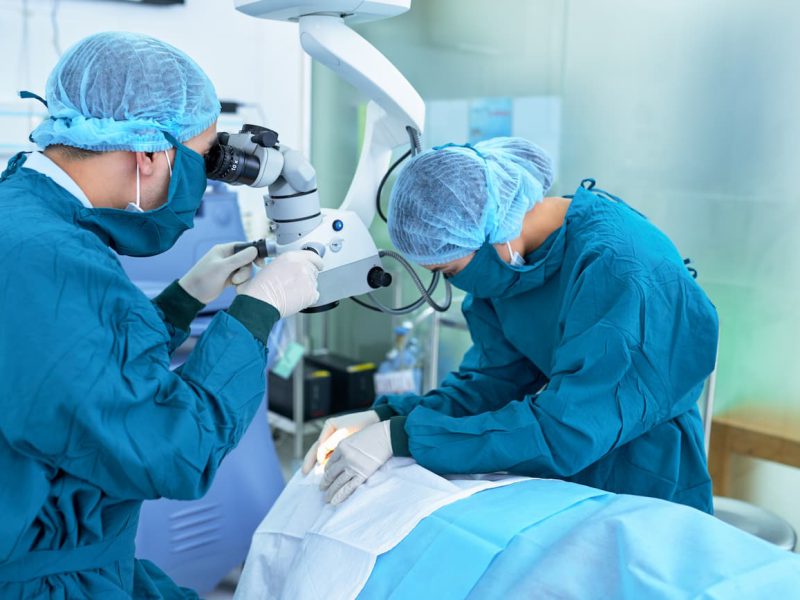Surgical Procedures
Surgical Procedures
The surgical treatment of Obstructive Sleep Apnoea is aimed at treating any disturbance in the upper airway that is generating airway turbulence (snoring) and/or obstruction. Surgery for OSA has seen an important evolution in the last 25 years, when it has been shown that a single surgical technique does not work for everyone, on the contrary, it seeks to adjust the procedures to the need of each patient, ranging from adenotonsillectomy (removal of the tonsils and adenoids), which is the most common procedure in children, to multilevel surgeries that may include septoplasty, turbinoplasty, lateral expansion pharyngoplasty, lingual tonsil surgery, tongue base, epiglottis, hypoglossal nerve stimulation implants depending on the level of obstruction in adults, with up to 70-80% success, complemented with multispecialty therapies for a more comprehensive approach to the disease.
Surgical treatment of Obstructive Sleep Apnea
To identify and quantify these defects, there are diagnostic methods such as endoscopy of induced sleep under sedation (DISE/Somnoscopy) and magnetic resonance imaging, which allows us to directly observe which structure generates the problem, in order to make surgical decisions tailored to the correction of the anatomical defect, that is causing the problem, thus seeking to give a personalised treatment, according to the need.


